14th Dec 2023
"We are the sum of all the moments in our lives - all that is ours is in them: we cannot escape it or conceal it."
- Thomas Wolfe

Sum of the Parts
In November this year, I met with Gérard Perse in Saint-Émilion to taste every vintage he has made at Château Pavie since he bought the property in 1998. The first complete tasting he has done after 25 years of ownership, we’re joined by key members of his team, including his son-in-law, Henrique da Costa, who is currently in charge of communications for Vignobles Perse and contributed to the information and family stories that are shared throughout the tasting.
Château Pavie is among the most polarizing Bordeaux wines of the modern era. Yet, at its core, sits the most perfect terroir for producing great wine you could possibly dream up. Perched atop Saint-Émilion’s famous limestone plateau, its prime section sits above a sheer wall of pure, compact limestone. Beneath this is a vast underground lake, perpetually moistening the limestone above. The remainder of the vineyard falls away from the nearly 300-foot-high apex into slopes of complex limestone, clay, gravel, and sand compositions.
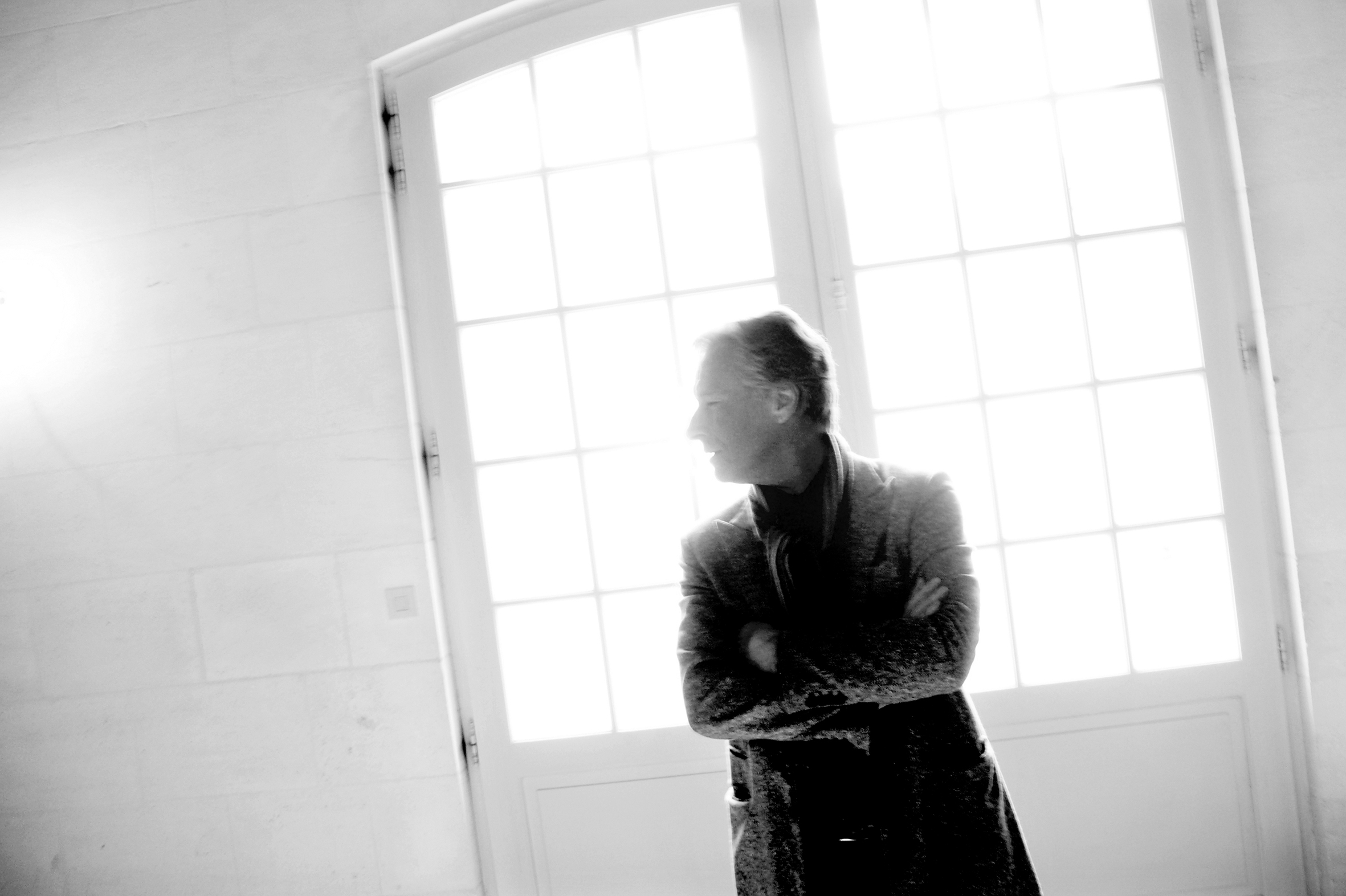
For many years, the greatness that the disparate parts of Pavie’s vineyard could produce was rarely glimpsed. The wines of the 1970s, ’80s, and early ’90s were mostly average if not terrible. By the mid-90s, the property had been visited by many potential buyers, lured in by its unique, magnificent location. But ultimately, the necessary repairs and restructuring of the vineyard were considered too much effort and expense.
In 1998, Pavie was purchased by self-made grocery magnate Gérard Perse and his wife Chantal for the equivalent of USD 31 million. Back then, this was not an insignificant sum for a vineyard on its last legs. But Gérard understood that unrecognized potential is more valuable than greatness handed on a silver platter. He should—this was his own life’s story.
Born on the outskirts of war-torn Paris in 1949, Gérard was the third of eleven children. “I was the oldest son,” he tells me.
"I had to leave school when I was thirteen to work with my father as a house painter to support the family."
Gérard smiles sadly, not wanting to focus too much on his distant past. He doesn’t need to. I’ve read Michel Bettane’s gut-wrenching account of his childhood. Gérard eventually found a way to temporarily escape extreme poverty and an abusive upbringing by becoming a jockey and then a competitive cyclist. This led to him meeting his wife, Chantal, who was tasked with handing him an award after winning a bike race.
"When we were in our 20s, Chantal and I started a fruit and vegetable market stall," Gérard recalls, brightening as his thoughts shift to happier times.
“This became a grocery store, which grew to several supermarkets, then a chain. I bought wine for the supermarkets. Wine soon became a passion. I would travel many times to Bordeaux to taste and buy wines for our wine fairs.”
Gérard dreamed of owning a vineyard in Bordeaux, and he and Chantal were particularly smitten with Saint-Émilion. In 1993, the couple bought Château Monbousquet.
“Monbousquet was my laboratory,” says Gérard. “Michel Rolland and I experimented and learned how to make better wines there. When I took over Monbousquet, the yields were 90 hl/ha. I remembered how Chantal’s father, who was a fruit grower, had explained to me how he could make better pears by dropping half his crop. So, I tried this at Monbousquet. I took the yields down to 45 hl/ha. My neighbors thought I was crazy! Throwing money away like that...people just didn’t do it back then.”
In 1997, Gérard bought Château Pavie-Decesse from Jean-Paul Valette, which was situated in front of Pavie, further up the limestone plateau. The vineyard was around ten hectares (25 acres) at that time. The following year, Gérard would buy Château Pavie from the same owner.
“We bought Pavie-Decesse before Pavie,” says Gérard. “Therefore, we had an experience of this terroir. We bought Pavie in March 1998, so the only thing we didn’t do that year was the pruning. We kept the team. When you buy a new company, you have to trust the people who are already there. Jean-Baptiste (Pion) has been with us since 1998, when he interned here. Now, he is the technical director. One of the first things we did when we arrived at Pavie was revamp the vat room and change from concrete to wooden vats. We added thermoregulation to the vats, which did not exist before. We put in place all the things that had been done at Monbousquet, including smaller wooden tanks and aging on lees. Even though it wasn’t finished, we did the first vinification in the new building. But at least the walls and the floor were done.”

A full assessment of Pavie’s vineyard at the time of purchase revealed that over 30,000 vines were dead or missing. Replacement vines were interplanted in the early days, knowing that almost everything would eventually have to be replanted.
“In total, it equated to about five hectares (twelve acres) of missing vines in the start,” says Gérard. “Before replanting whole sections of the vineyard, we had to take the time to study it and have a strategy. It was a shame, but it was also our luck that it was like this because this was our opportunity to make it better. The major replant started two years later.”
At the time of purchase, the varietal breakdown of the vines at Pavie was 70% Merlot, 20% Cabernet Franc, and 10% Cabernet Sauvignon. After studying the soils and aspects, Gérard decided to reduce the Merlot to 50% of the area under vine, increasing the amount of Cabernet Franc and Cabernet Sauvignon.
“We replanted Cabernet Franc on the bottom slopes beneath the Château and Cabernet Sauvignon on the steeper slopes above,” Gérard explains. “But you only start to see this change in the wines from 2012 onwards. It is important to wait for the right moment to use fruit from the young vines.”
In 2001, the INAO allowed Gérard to incorporate 6.5 hectares of Pavie-Decesse into Pavie, as well as another small, adjacent vineyard owned by Gérard, called La Clusière.
“La Clusière was a 1.8 hectares plot right in the middle of Pavie. The last vintage made was 2001. In 2002, it was reclassified into Pavie, along with a few hectares of Pavie-Decesse. It was not always my plan to fold these in, but the terroir was too good. There was also a part of Pavie by the railway station composed of sandier soils, which was not as good. So, I negotiated with the INAO to take out that section as a trade for the inclusions from Pavie-Decesse and La Clusière.”
In 2004, Gérard’s and Chantal’s daughter, Angélique, married Henrique da Costa at Château Monbousquet. He joined the family business in February 2005 and has been a passionate member of the team since.
Turning to the tasting, Gérard’s first vintage, 1998, is in its prime. 1998 was an outstanding vintage in Saint-Émilion (the Médoc, not so much), and Pavie struts its stuff this year with great intensity, a flamboyant fragrance, and beguiling minerality. Still with many years ahead of it, the alcohol this first year was a modest 13.5%. It’s not until 2000 that we begin to see the more decadent side of Pavie. And yet, after 20+ years in bottle, today, its medium to full-bodied palate is an exercise in grace and suppleness, featuring silky tannins and seamless freshness to frame the perfumed fruit. This was the first vintage using the “Eleanor” bottle shape that Pavie is well-known for today.
Fascinating as the first vintages of Perse’s Pavie were, if I’m being honest, I was most excited to taste the infamous 2003 with Gérard. Described by Jancis Robinson as “overripe,” “Porty sweet,” and “more reminiscent of a late-harvest Zinfandel than a red Bordeaux with its unappetizing green notes,” Robert Parker strongly felt otherwise. A public clash ensued.
“In 2003, we green harvested at the end of June,” remembers Gérard. “It was really hot in July and August. So, there was a lot of sorting required. Only the best bunches were used. Anything overripe or raisined was not included. In the end, the terroir always overrides the vintage. This wine still has that freshness of Pavie.”
"But, you know, the argument between Robert Parker and Jancis was not so bad for us," adds Henrique with a cheeky grin.
“Because of the controversy, we sold out of the 2003 in two hours. Some people wanted to buy it because of the style, others just wanted to try it.”
Although I’ve tasted this vintage several times over the years, looking at it now, as it’s entering its drinking window, it’s hard to see what all the fuss was about. In the context of the recent spate of warmer vintages and given the evolution of the tertiary notes it now possesses, the 2003 comes off as surprisingly classic. Its 14% alcohol is moderate by today’s standards.
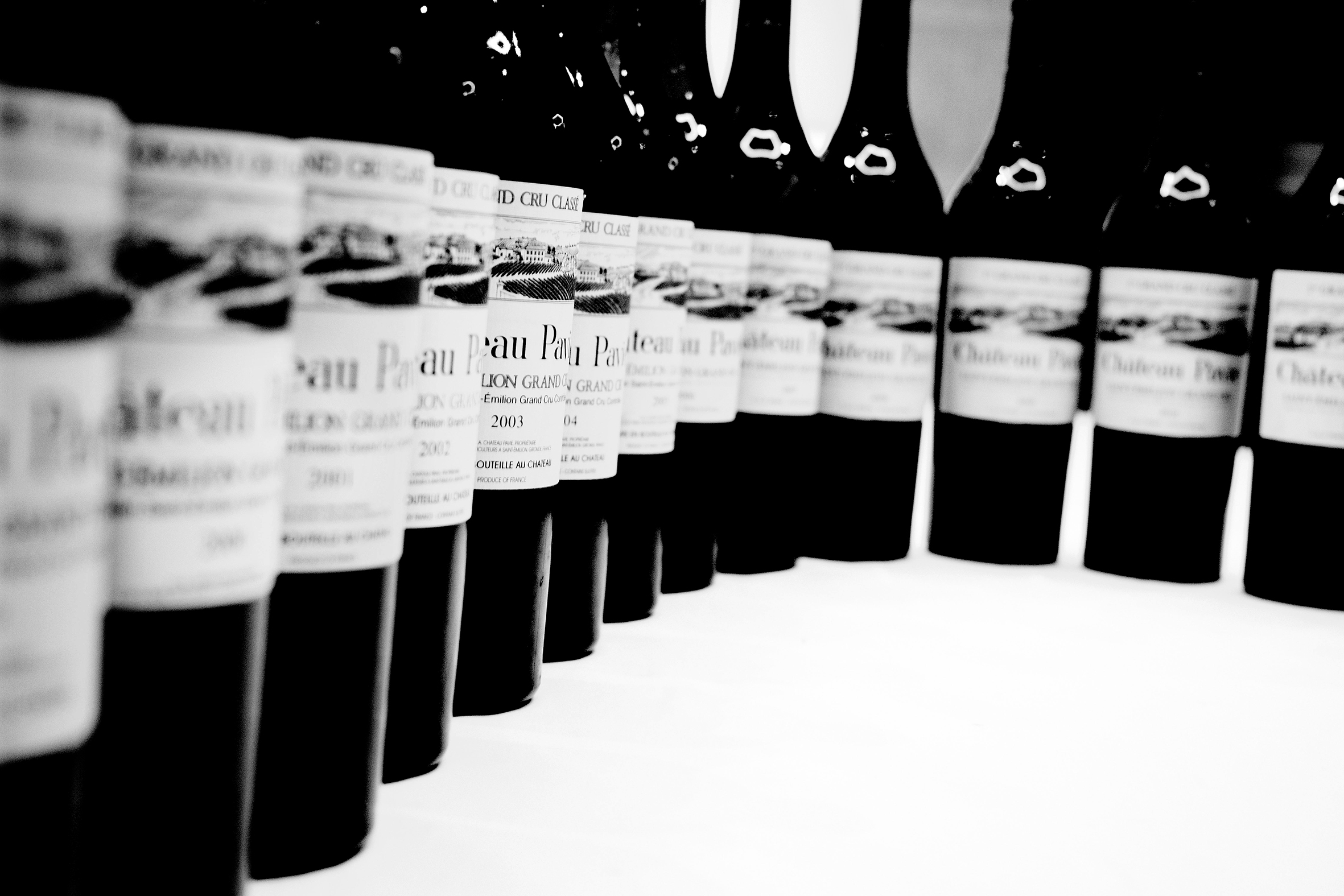
Château Pavie was elevated to its current Premier Grand Cru Classé “A” position in 2012. This is around the time when the restructuring/replanting of the vineyard begins to become apparent in the style of Pavie, with a notably higher percentage of Cabernet Franc in the blend—25% in 2012. The percentage of Cabernets vs Merlot gradually increases until 2019, after which the composition of the blend steadies at around 50% Merlot, 32% Cabernet Franc, and 18% Cabernet Sauvignon, more or less mirroring the restructured vineyard plantings. How does this impact the style? Apart from the freshness and lower pH that naturally comes from the limestone, there is a boost in the brightness of fruits present in the latest vintages of Pavie, coming from the Cabernets. I also love the increased tannin interest from the firmer, grainier textures that the Cabernets give.
Most recently, following the 2022 reclassification of Saint-Émilion, the remainder of Château Pavie-Decesse (at this stage, a three-hectare vineyard with 1.5 hectares in production) and two hectares of Bellevue Mondotte (another neighboring property owned by the Perses) were integrated into Pavie. Today, a dramatically changed vineyard from what it was in 1997, Château Pavie is one of the largest estates in Saint-Émilion at around 40 hectares (100 acres).
More than ever, it’s a sum greater than its parts, the most significant being the uncompromising vision of Gérard Perse.
-
Article & Reviews by Lisa Perrotti-Brown MW
Photos by Johan Berglund
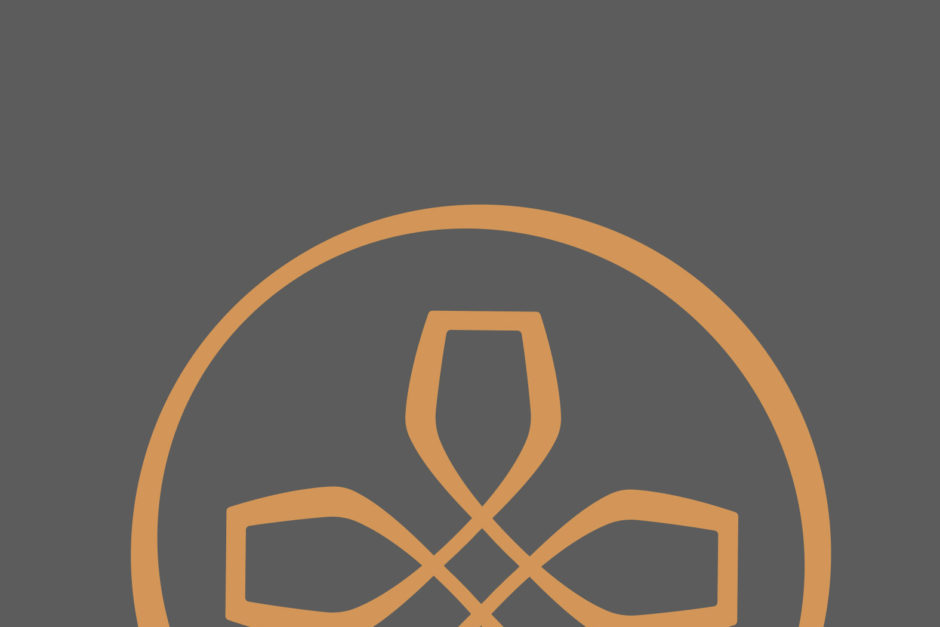
PRODUCERS IN THIS ARTICLE
> Show all wines sorted by scoreMore articles

Bordeaux 2023 Vintage Report and Reviews from Barrel
09th May 2024
649 tasting notes

Cathiard Vineyard New Releases
02nd May 2024
3 tasting notes
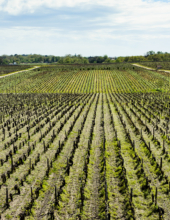
Bordeaux 2023 Preliminary Vintage Report and Reviews from Barrel
29th Apr 2024
56 tasting notes
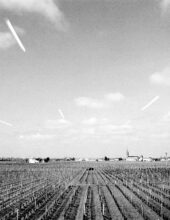
2021 Bordeaux in Bottle and A Modest Proposal
24th Apr 2024
599 tasting notes
Show all articles